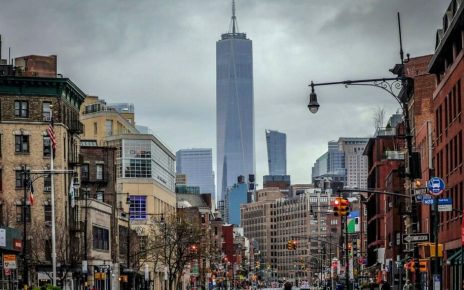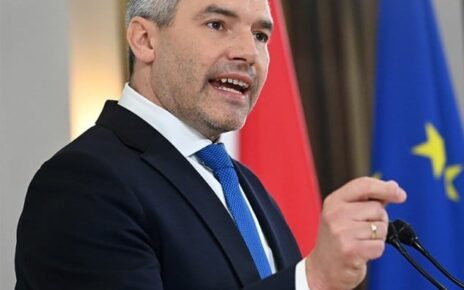Research shows that the amount spent by foreign tourists in Canada increased by 64% to $23 billion last year. This year’s spending is estimated to approach $43 billion spent in 2019.
The epidemic significantly impacted Canada’s hospitality and transportation industries, leading to border closures and travel and restaurant dining restrictions.
The COVID-19 recovery is still underway, and growth is negatively impacted by inflation and labor shortages.
Restaurants Canada has reported a 116% increase in bankruptcy filings from food businesses, including restaurants and caterers, since 2022.
The food service sector “was hit harder than any other industry by the pandemic, and the industry still has a long road to recovery,” the trade association stated in a release earlier this month.
Beth Potter, the president of the Tourism Industry Association of Canada, has predicted the tourism industry’s recovery. She says domestic tourism expenses are expected to reach pre-pandemic levels this year. However, foreign visitors may take until 2025 to reach that level. Additionally, she believes business travel may not fully recover until 2026. The number of bookings for business-related events in Canada this year is only 47% of what it was before the pandemic.
According to experts, high lending rates are still a significant challenge. Additionally, the labor shortage is the biggest problem tourist operators face, with an estimated 300,000 job vacancies expected to remain unfilled this year.
Due to travel restrictions caused by the pandemic, more Canadians are becoming familiar with the domestic travel options available in Canada. It gives hope and optimism to tour companies.
The World Travel and Tourism Council predicts that the tourism industry will significantly boost Canada’s GDP by contributing over $238 billion by 2033. This sector is expected to account for 7% of the country’s GDP and provide employment opportunities for 2.1 million Canadians.




